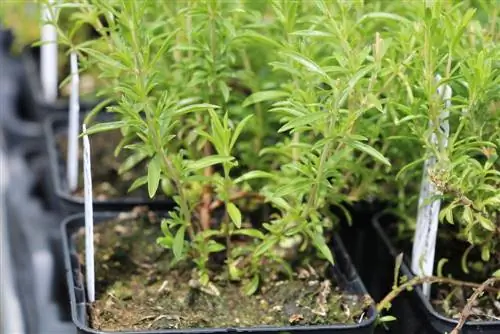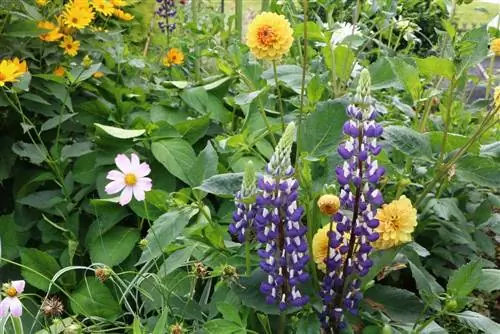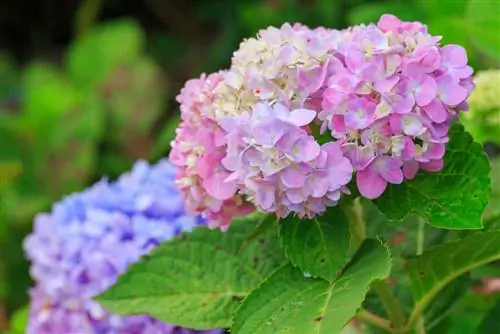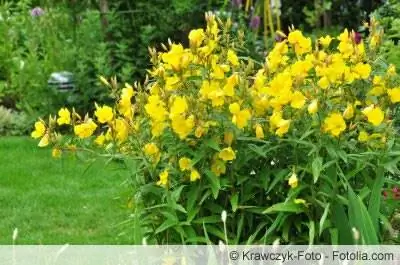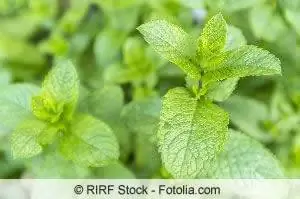- Author admin [email protected].
- Public 2023-12-17 03:39.
- Last modified 2025-01-24 12:45.
Savory, also known as summer savory, is a typical herb from the mint family. It contains a high proportion of essential oils, which round off the intense taste of dishes and dressings. The herb can be used both fresh and dried and is mainly added to stews, bean dishes and meat dishes. It is also used as a medicinal plant, preferably in the form of medicinal tea.
Interesting facts about the plant
Bean herbs are annual plants that die after flowering and have to be regrown every year. Depending on the variety, the plant reaches heights of 25 to 60 cm, although small plants are the better alternative for the herb bed. The herb grows evenly, bushy and heavily branched, the main root is strong and thick and goes deep into the ground. The small, pointed leaves are juicy green and slightly hairy. They have numerous oil glands in which essential oil is stored. The herbaceous spice plant comes into bloom in July and then blooms until October; it can usually be harvested several times. Satureja hortensis, the botanical term, blooms profusely and white, individual petals have a slight pink shimmer. The herb, which originally comes from the Mediterranean region, is now native throughout Europe.
Cultivation and location
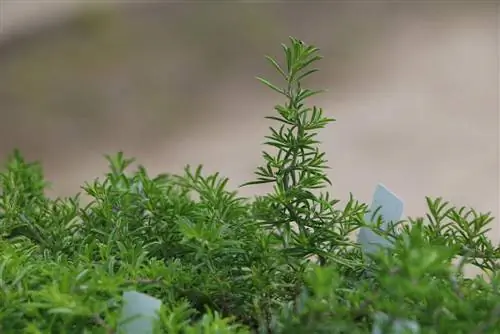
Savory is an undemanding spice plant, so it can be easily grown even by garden beginners. In Germany, Satureja hortensis is cultivated agriculturally because the dried leaves are sold wholesale as a seasoning. The spice plant doesn't place any great demands on its location, it just likes it warm.
In addition, make sure the soil is loose, because the herb does not thrive in soil that is too firm or even contains clay. The soil should also be nutrient-rich, so enriching it with humus makes sense. Since the herb is very sensitive to frost and cold, it should never be planted outdoors too early. Only after the Ice Saints in May, when night frost is no longer expected, can the young plants be planted out.
Propagation and care
Savory is the easy-care herb par excellence, it hardly needs any water, it doesn't need regular pruning and it just grows. Only before the beginning of summer, shortly before flowering begins, is it worth cutting back to just under 10 cm. This promotes he althy and strong leaf formation and thus the spice yield from each individual plant. Satureja hortensis can stand alone, but thrives much better in groups of several plants. Savory is propagated via seeds. These are located in the crown of the flower and are round, dark brown and just under a millimeter small. Since Satureja hortensis belongs to the so-called light germinators, it can be sown directly outdoors. The individual seeds are sown directly in the bed at a distance of 15 to 30 cm and only covered with a few millimeters of soil.
The ideal location for sowing the seeds is sunny and sheltered from the wind so that the small seeds cannot be carried away by the wind. After about two to three weeks, the young savory should sprout in good conditions. The young seedlings should be separated again and separated if they grow too densely. A planting distance of at least 30 cm is essential for young plants, otherwise they will become woody and not produce flowers.
Harvesting and processing
The ideal harvest time is during flowering, but savory can also be harvested shortly before flowering. To do this, the individual stems are cut off and dried for a few days, then the green leaves of the savory are stripped or plucked. The leaves can now be completely dried by laying them out on kitchen paper. The dried herbs can then be ground, but are also suitable in full size as a seasoning for stews and soups, for example. In the Mediterranean region, Satureja hortensis is not only a classic individual spice, but also a component of various seasoning mixtures for fish and meat dishes. The herb has a peppery, slightly spicy taste and can be used instead of thyme, for example.
Savory is effective for the following complaints:
- Digestive difficulties
- Flatus and winds
- Lose appetite
- Bronchitis with cough
- Diarrhea
- nervous weakness
Care tips
There are two different types of savory, summer savory and winter savory. It is an annual plant.
Both don't place many demands on their location and are very easy to care for. They like a full sun, dry, warm and wind-protected place. Savory can be cultivated both in beds and in pots. The soil should be loose and somewhat nutrient-rich. A high lime content is an advantage. No special care is required. You should remove weeds regularly and loosen the soil around the plant every now and then.
Water is not needed much. The savory tolerates drought much better than too much moisture. In dry, warm summers, sufficient watering is required. You can fertilize with compost.
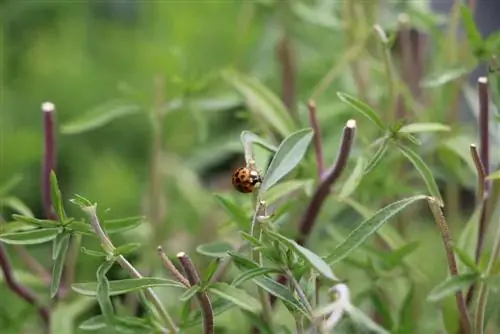
If you shorten the plant to around 10 cm before flowering, you will stimulate leaf formation. The shoot tips of winter savory should be cut off before and after winter. The best time to harvest savory, unlike other herbs, is during flowering. Savory is propagated by sowing. This takes place in late spring. After the Ice Saints you can sow directly outdoors. The seed is not covered with soil because savory is a light germinator. Mountain savory is also available. This is perennial and hardy, which is a big advantage. It can be cut at any time.
Occasionally damage caused by shield beetles can occur. Powdery mildew and peppermint rust also attack savory from time to time. If the infestation is severe, early cutting should be carried out. Savory is particularly sensitive to weed infestation when it is young.

